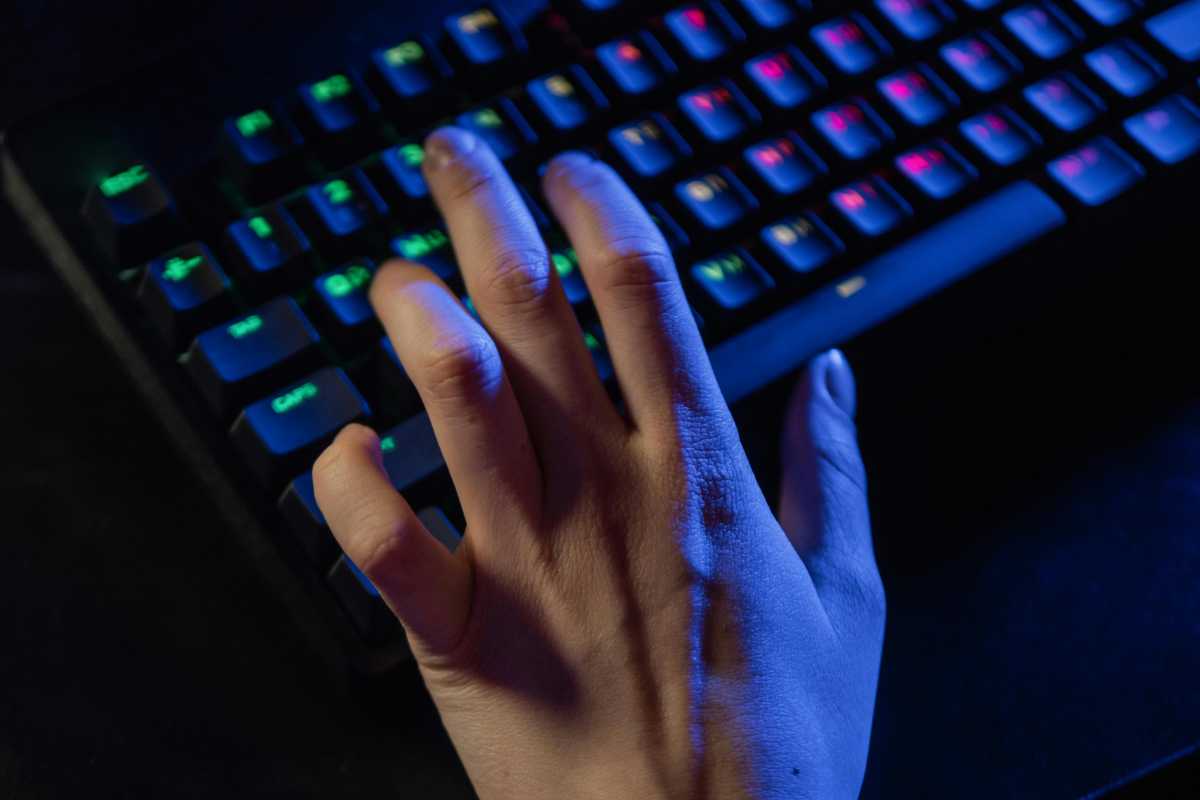The world of gaming keyboards ignites passionate debate, and at the heart of it lies a fundamental choice: linear or clicky switches. Gamers fiercely defend their preference, each convinced their style reigns supreme. But beyond loyalty, there are tangible differences that explain why linear switches have become my go-to for competitive play.
The distinction is rooted in the mechanics. Linear switches offer a smooth, consistent descent with unwavering resistance. Think Cherry MX Reds or Gateron Yellows – a seamless travel downwards. Clicky switches, conversely, prioritize feedback, delivering a distinct tactile bump and audible click with every keypress, exemplified by Cherry MX Browns and Kailh Box Whites.

This translates into a dramatically different feel. Linear switches are precise and fluid, while clicky switches provide deliberate, noticeable feedback. The sensation is a core part of the appeal for many, but for maximizing performance, linear switches hold a distinct advantage.
In competitive gaming, milliseconds matter. Linear switches register keystrokes faster, particularly during rapid or repeated presses. They typically activate around 1.2-2mm into the keystroke, compared to the 2-2.2mm required by most clicky switches. This seemingly small difference becomes critical when lightning-fast reactions are paramount. It’s a key reason why professional gamers overwhelmingly favor them.

The reduced actuation force of linear switches further enhances performance. Requiring only 45-60 grams of force – or even as little as 35-45 grams in speed variants – they minimize finger fatigue during extended gaming sessions. Clicky switches, needing 50-60 grams to overcome the tactile bump, demand more from the player. Endurance is a significant factor in long, intense matches.
Consider the reset point – the distance a key must travel after being released before it can be pressed again. Linear switches boast a reset point incredibly close to their actuation point, allowing for near-instantaneous re-presses. Clicky switches have a larger gap, requiring more travel between each keystroke.
However, clicky switches aren’t without merit. The tactile bump and audible click provide undeniable confirmation of key registration. This clarity can be beneficial in games where deliberate, precise inputs are more important than sheer speed, such as MMOs or strategy titles. Some players genuinely perform better with that tactile assurance.
Beyond raw performance, the feel of the switches during gameplay is paramount. The consistent resistance of linear switches simply feels more comfortable, especially during marathon sessions. It’s a subtle but significant difference that reduces strain.
The smooth action minimizes pressure on finger joints, allowing for a lighter touch. This is particularly noticeable when sustaining key presses – like using arrow keys for continuous movement. The uniform feel is crucial for actions like stutter-stepping or quick double-taps, eliminating resistance and creating a fluid, responsive experience.
Clicky switches, in contrast, demand a more deliberate keystroke. The variable resistance – building up to overcome the bump, then dropping off – can contribute to fatigue over time. For me, the consistent, effortless feel of linear switches is the clear winner, and I don’t anticipate changing my setup anytime soon.






